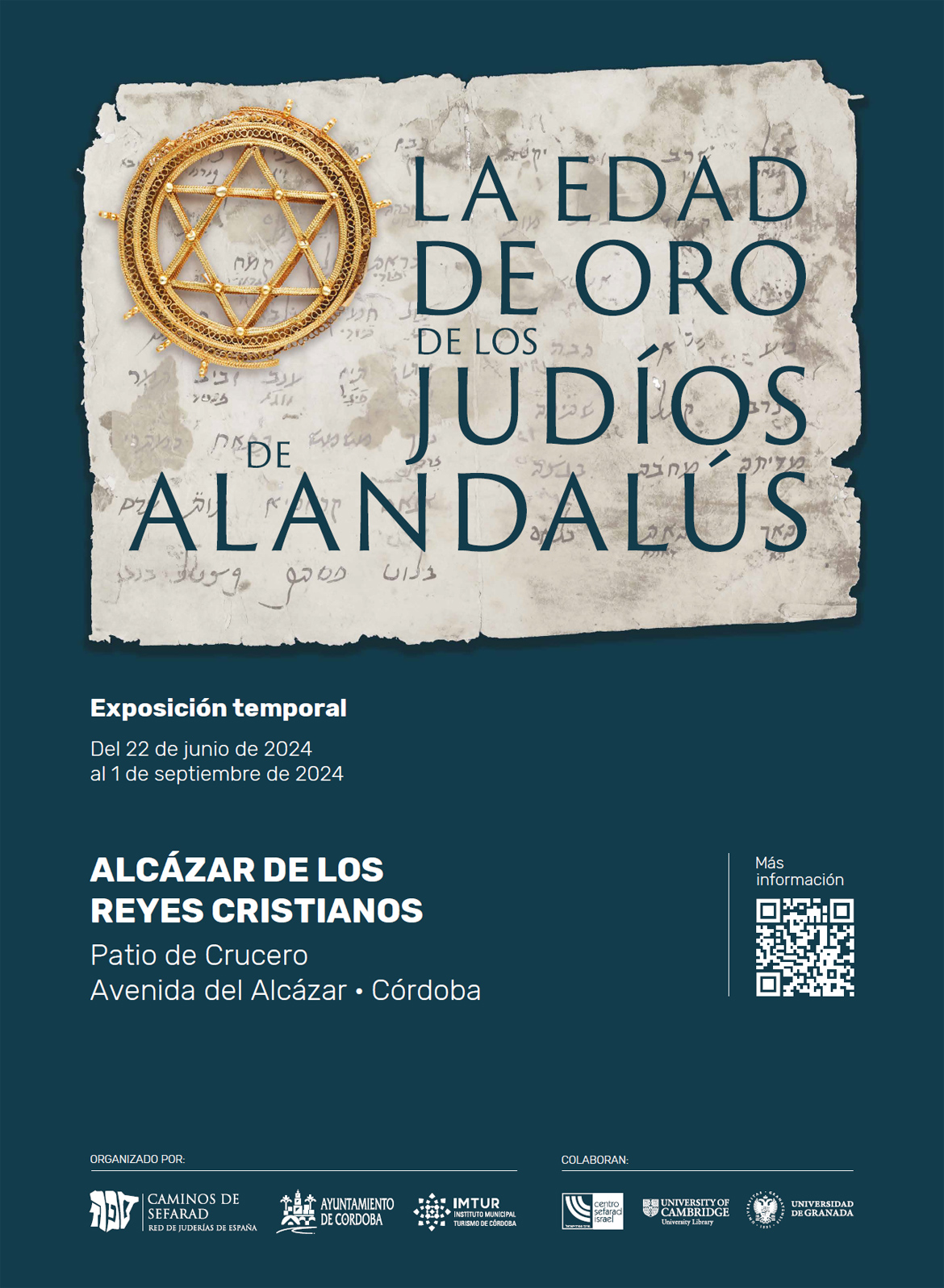The genizas are rooms located in synagogues and Jewish cemeteries in which all those documents of a sacred nature that were unusable but that Jewish tradition prevents from being destroyed were deposited. At the end of the 19th century, different British researchers began to study the documents kept in the geniza of the Ben Ezra synagogue, in Cairo, Egypt. The more than 200,000 manuscripts found there dated back in many cases to the 10th century and included letters, court reports, marriage contracts, wills... and allowed the researchers, who studied this discovery for years, to create a portrait of what the life of the Jewish communities of the Mediterranean during the 10th, 11th and 12th centuries, a time in which Alandalús was considered one of the epicenters of that cultural and economic splendor that the Jewish world was experiencing. Much of the result of the analysis of these documents, many preserved at the University of Cambridge, can be seen in the exhibition “The Golden Age of the Jews of Alandalús”.
The exhibition allows the visitor to delve into the life of a society that contributed names of diplomats such as Ibn Shaprut, poets such as Ibn Gabirol or Judah Haleví, or thinkers such as Maimonides, in addition to a vast cultural heritage that reaches to this day. Through facsimiles, virtual reproductions, images and recreations, “The Golden Age of the Jews of Alandalús” offers a journey through the authentic testimonies of the time, which allows us to get closer to their way of life, their concerns, needs, skills and problems. A journey from the origins of this important community to its exodus that helps us question how much we really know about our Middle Ages and whether our intimate and daily life is really so different from that of our Andalusian ancestors.
The exhibition has been organized by Centro Sefarad-Israel, with the collaboration of Casa del Mediterráneo, the Miller Center for Contemporary Judaic Studies and The George Feldenkers Program in Judaic Studies of the University of Miami, the Network of Jewish Quarters of Spain, the World Jews Congress and the Hispanic Jewish Foundation. It also has the support of the Ministry of Foreign Affairs, European Union and Cooperation, the Community of Madrid, the Madrid City Council, El-Al, the Cervantes Institute, the University of Cambridge, the University of Granada, Trinity College of Dublin and the European Research Council.
The curator of the exhibition is José Martínez Delgado from Cordoba, Professor at the University of Granada, and documents the daily life of the Jews of the Iberian Peninsula from the 10th to the 13th centuries thanks to the documents that were discovered in the Guenizá of Cairo.
The magnificent recreation of the suburbs of Cordoba from the 10th century that can be seen in the exhibition, have been created by the Cordoba company Arkeotexturas, based on the studies of Cordoba archaeologists Rafael Valera and Cristina Camacho.
This exhibition opened in September 2023 at the Sefarad-Israel Center in Madrid, where it could be visited until March 2024, and at the beginning of June it was also inaugurated in Thessaloniki.
After Cordoba, the Exhibition will travel to Lucena in September, to Hervás (Cáceres) in October, to Jaén in November, to Lorca in December, to Calahorra in January, to Monforte de Lemos in March and will continue its journey until completing the 21 cities of the Network of Jewish Quarters, whose institutional headquarters are in Cordoba.
Exhibition The Golden Age of the Jews of Alandalús
More information about the Network of Jewish Quarters of Spain - Caminos de Sefarad at https://redjuderias.org/

Organizador: Red de Juderías de España - Caminos de Sefarad y el Centro Sefarad - Israel
Fecha inicio: 22-06-2024
Fecha fin: 01-09-2024
Córdoba